By using our website, you agree to the use of cookies as described in our Cookie Policy
Blog
Economists on Inflation
Years ago, one of us at JMS had a teacher who had a poster tacked up in his classroom that showed a chimpanzee deep in thought. The caption read: “The more you study, the more you know. The more you know, the more you forget. The more you forget, the less you know. So why study?” (Apparently Stephen Hawking has a similar quote, so if accurate, the chimp was in good company!) Economists were already struggling to understand why many economies had persistently low inflation pre-COVID. Then COVID hit, and now economists are struggling to understand current inflation patterns. Economic historian Adam Tooze describes the current lay of the land at his chartbook piece. Tooze’s writeup is lengthy, so we’ll just summarize key points:
- Inflation data may be misguided. Price indices assume that people are spending on housing, food, clothing, vacations, etc. in consistent proportions. COVID has disrupted all that, reducing some expenditures (e.g., travel) and increasing others. If price indices adjust by weighting travel less, they’ll show a higher level of inflation. If they don’t, inflation measures will appear lower. Which is right? It depends on whether COVID is having temporary or permanent effects on how people spend their money
- Inflation data may be misleading. Many prices fell in 2020, so a bounceback in prices is going to show a high year-over-year inflation rate. Longer or shorter time frames may provide better context
- Price dispersion is high. Macroeconomics assumes that inflation is a general increase in prices. But COVID and its aftermath have caused unusually strong price movements, both positive and negative, across many industries. Tighter monetary or fiscal policy may help when the economy is generally overheating, but are likely to be poorly targeted when inflation is driven by specific factors like oil embargoes or semiconductor shortages
- Central banks don’t have a good grasp on why inflation has been so low in recent years. Traditional explanations of inflation include excess money in circulation chasing a limited supply of goods, or excessively low unemployment driving excess demand, but these ideas don’t explain low inflation
- Central banks have tried to explain inflation as derived from inflation expectations, so that Fed guidance (for, say, a 2% inflation target) will influence businesses and consumers to expect a 2% inflation, and voila, a 2% inflation target will be achieved. But while expectations may be crucial, empirical evidence is lacking, and it’s unclear whether expectations can be imposed top-down or come bubbling up from consumer beliefs
- As an inflation comparison, should we be looking at inflation of the 1970s or post-war inflation of the 1940s and 1950s? What causes inflation--is our current inflation spike driven by excess demand or by varying shocks to supply and demand across different sectors?
While it’s critical to assess whether the inflation surge is a temporary phenomenon or the beginning of an inflation regime change, economists are currently not in a position to give a definitive answer. Our hope is that rising inflation is transitory, and that Fed guidance of a 2% inflation target will cool down rising prices. But while it’s reasonable for the Fed to hope for the best, or even to let inflation overshoot its 2% target for awhile, it may need to be prepared to act if inflation remains persistently and unexpectedly high.
###
JMS Capital Group Wealth Services LLC
417 Thorn Street, Suite 300 | Sewickley, PA | 15143 | 412‐415‐1177 | jmscapitalgroup.com
An SEC‐registered investment advisor.
This material is not intended as an offer or solicitation for the purchase or sale of any financial instrument or investment strategy. This material has been prepared for informational purposes only, and is not intended to be or interpreted as a recommendation. Any forecasts contained herein are for illustrative purposes only and are not to be relied upon as advice.
‹ Back


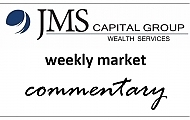
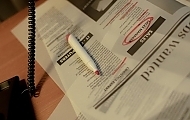
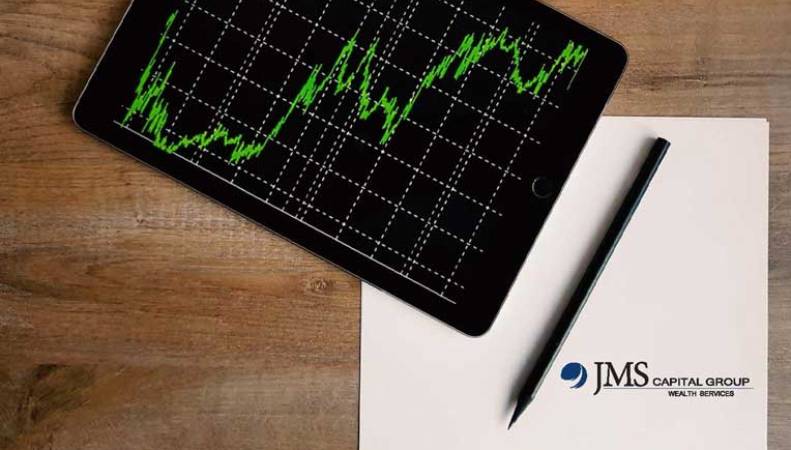
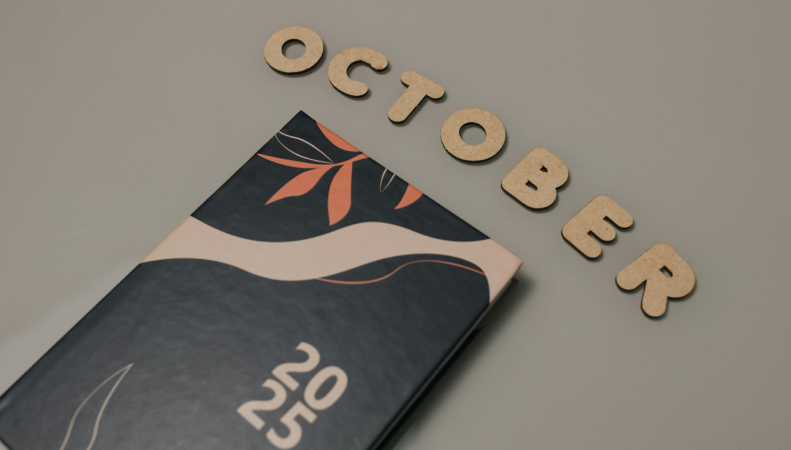

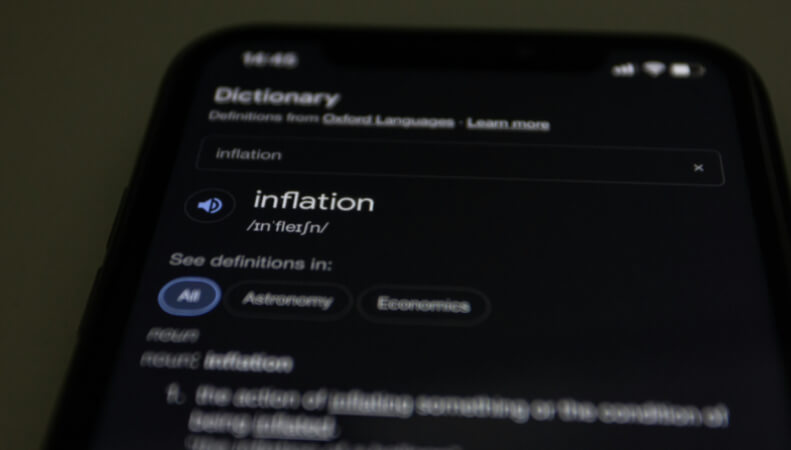



Comments